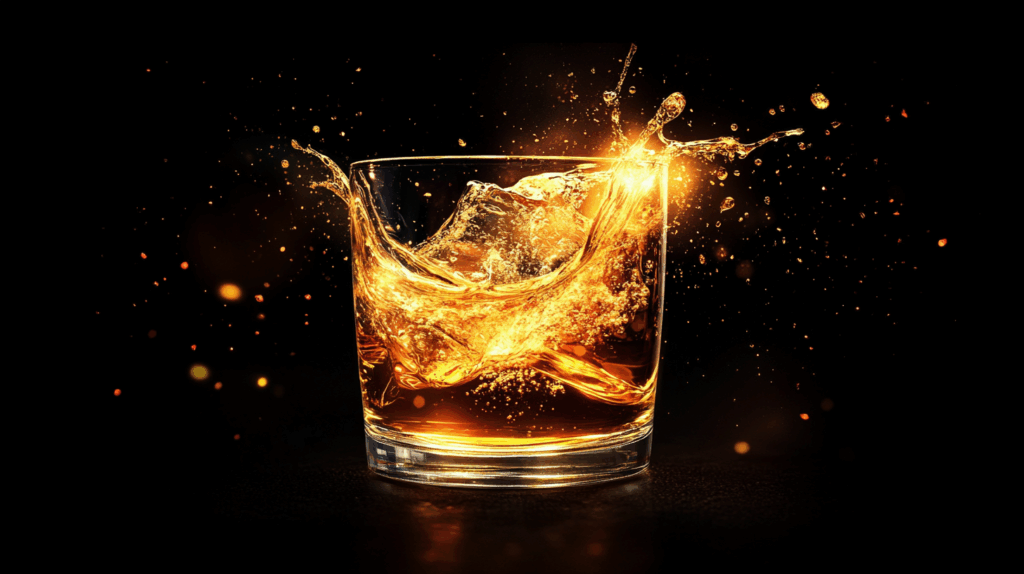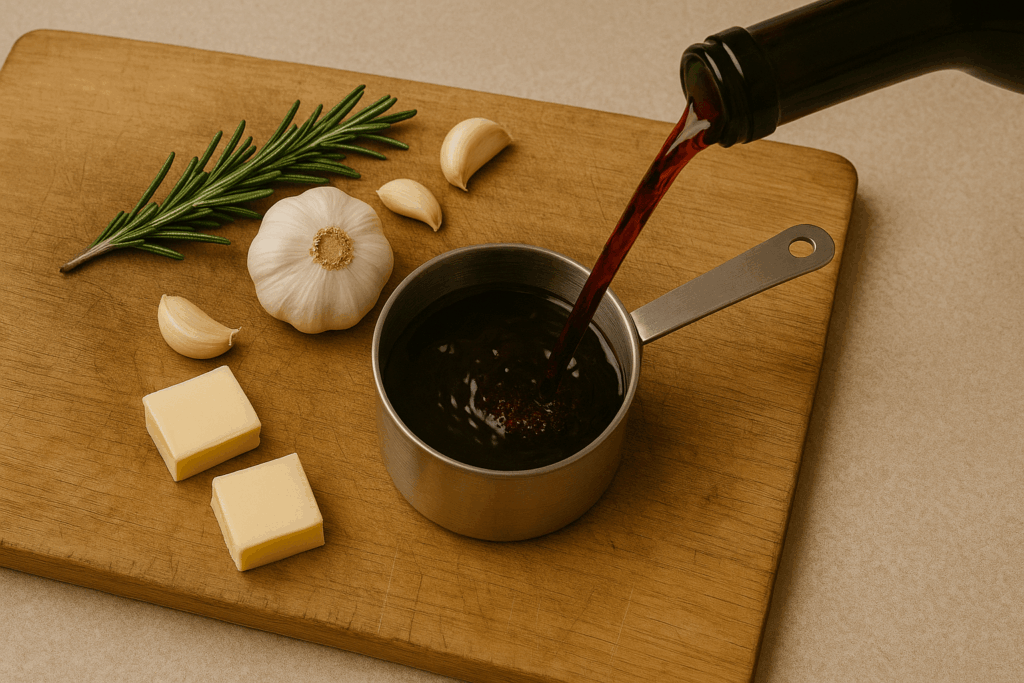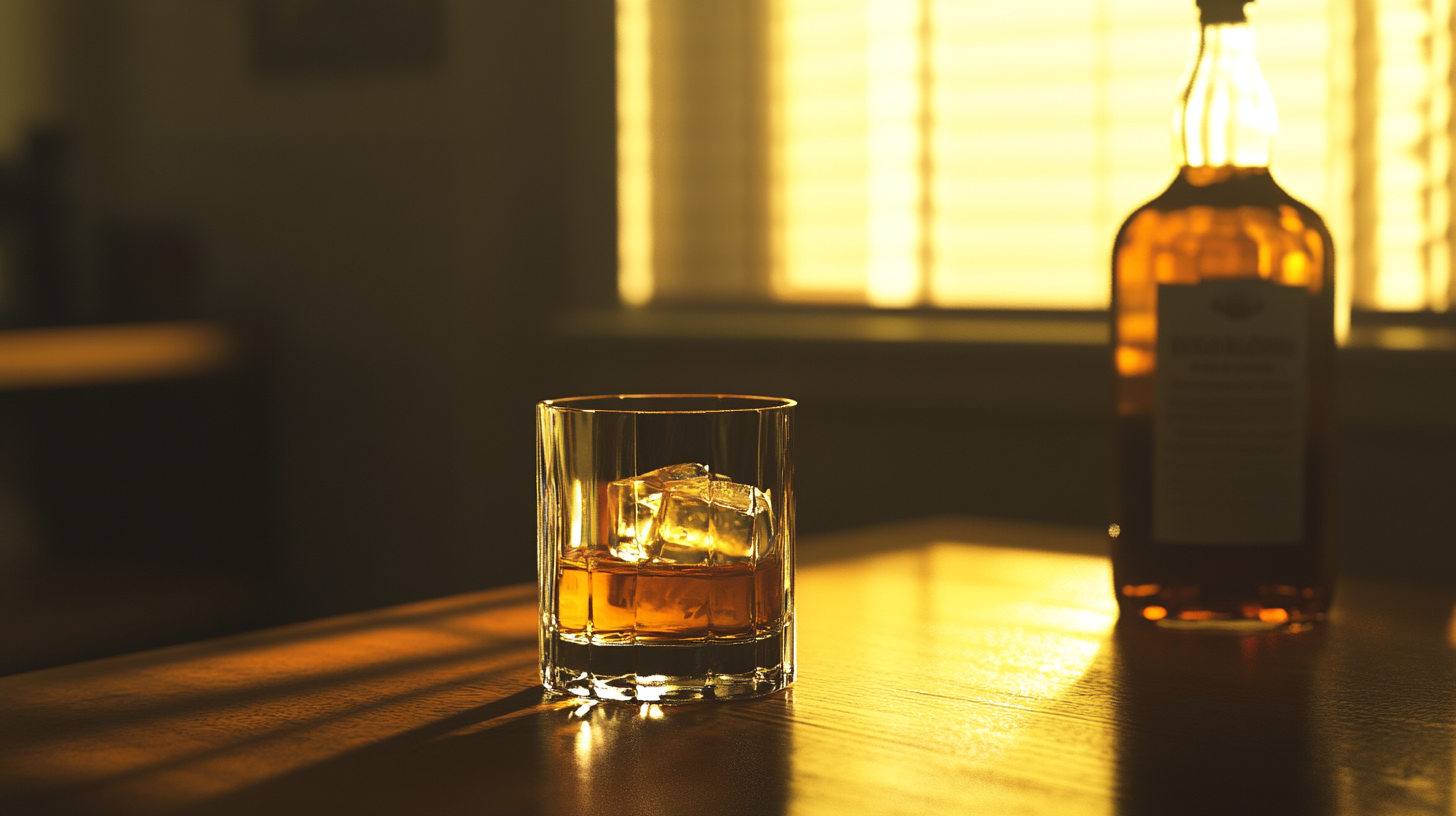
If you have a bottle of whiskey tucked away in your cabinet, you might wonder whether it can go bad over time. Unlike wine or beer, whiskey is a distilled spirit, and this gives it a reputation for longevity. However, certain factors can affect its quality and taste as the years go by.
In this article, we’ll break down whether whiskey can go bad, how long it lasts after opening, how to store it properly, and tips to make your whiskey last longer.
Whether you’re a seasoned collector or a casual sipper, knowing how to care for your whiskey can ensure every pour is as good as the first.
Why does whiskey go bad?
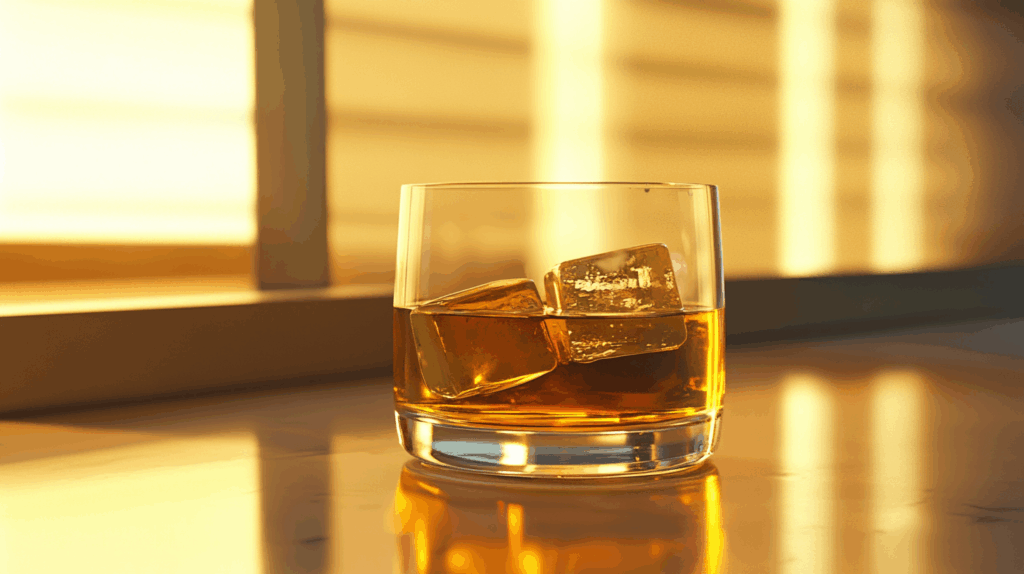
Technically, unopened whiskey doesn’t “go bad” in the sense of becoming unsafe to drink. However, it can change in flavor and character. Whiskey is a high-proof spirit, usually bottled at 40% alcohol by volume or higher, which prevents bacterial growth.
What does affect the quality are three main factors:
- Oxygen exposure: Once you open a bottle, oxygen begins to interact with the liquid. Over time, oxidation can alter the flavor, making the whiskey taste flat, dull, or muted.
- Light exposure: Direct sunlight or even strong indoor light can break down compounds in the whiskey, leading to a faded or “off” taste, and sometimes an unpleasant chemical smell.
- Temperature fluctuations: Whiskey prefers a stable, cool environment. Frequent changes in temperature can cause the liquid to expand and contract, stressing the cork and allowing air to seep in.
Other minor factors, like the quality of the seal and the materials used in the bottle and cap, can also influence how well whiskey holds up over time.
How long does whiskey last after it’s opened?
Unopened whiskey can last indefinitely if stored properly. Once opened, though, its quality slowly starts to decline.
Typically:
- Within the first 1-2 years: Most whiskeys will retain their original flavor if kept sealed tightly and stored well.
- After 2-3 years: You may notice subtle changes in flavor, especially if the bottle is half-empty or less. Aromas might fade, and the profile could become less vibrant.
- After 5 years: Whiskey can become noticeably flatter or lose complexity, particularly if it’s been exposed to poor storage conditions.
Signs your whiskey may have gone past its prime include a loss of aroma, a flattened or dull taste, strange musty smells, or harsh and metallic notes. While these changes won’t make the whiskey harmful to drink, they can make it less enjoyable.
How to make a bottle of whiskey last longer
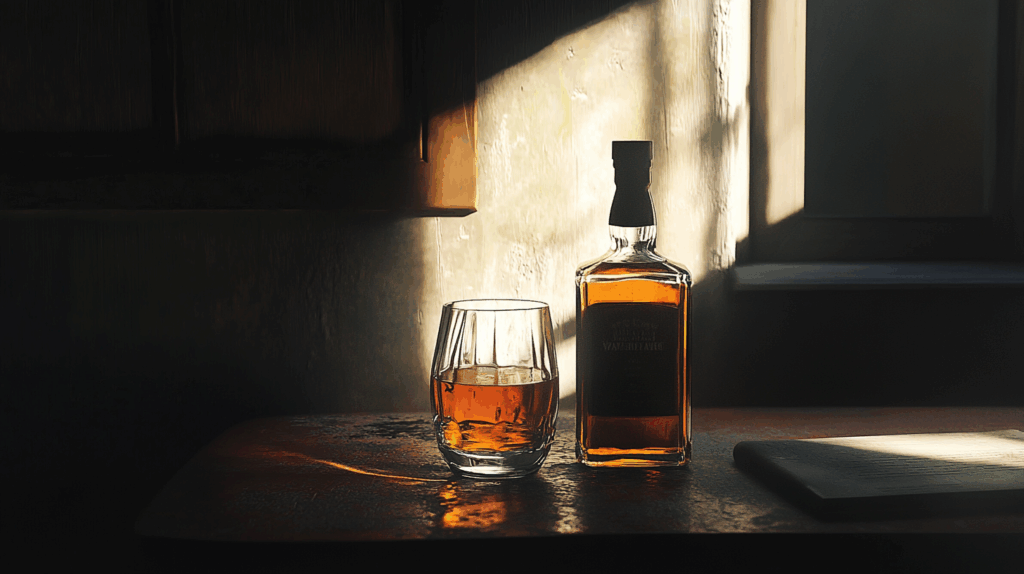
Want to extend the life of your whiskey? Here are some practical tips:
- Store in a cool, dark place. Avoid exposure to direct sunlight or heat sources. A cabinet, pantry, or closet away from temperature fluctuations is ideal.
- Keep it upright. Unlike wine, whiskey bottles should be stored standing up to prevent the alcohol from degrading the cork over time.
- Minimize air exposure. Once the bottle is half full or less, consider transferring the whiskey to a smaller bottle. Less air space means slower oxidation.
- Seal it tightly. Always reseal the bottle firmly after each pour. For long-term storage, consider using parafilm or a specialized whiskey bottle sealer.
- Avoid frequent opening. Each time you open the bottle, oxygen enters. Try to open it only when you’re pouring to enjoy.
By following these tips, you can significantly slow down the process of flavor deterioration and enjoy your whiskey for years.
Other factors that affect whiskey quality
There are other aspects beyond ingredients and aging can influence the quality and longevity of whiskey. Understanding and controlling these factors helps maintain the drink’s original character, aroma, and flavor profile.
Type of whiskey
Different styles of whiskey may age differently once opened. For example, peated Scotch tends to lose its smoky, earthy notes faster, while bourbon’s sweet, oaky flavors are a bit more stable but can still fade over time. Irish whiskey, being generally lighter, might show changes in flavor sooner. Higher-proof barrel strength whiskey tends to preserve its character for a longer period due to the higher alcohol content, which acts as a preservative.
Bottle design
The design of the whiskey bottle also plays a role in how well it withstands the test of time. Bottles with high-quality seals prevent oxygen from seeping in, maintaining the whiskey’s original flavor longer. Dark-colored bottles offer added protection against light exposure compared to clear glass, shielding the whiskey from UV damage.
FAQs
Can expired whiskey make you sick?
No, whiskey won’t make you sick if it has gone bad. It might just taste unpleasant or off, but it remains safe to consume.
Does whiskey improve with age once bottled?
No. Unlike aging in barrels, whiskey does not improve once bottled. The aging process stops the moment it’s sealed, and from then on, time only works against the flavor.
How can you tell if whiskey has gone bad?
Look for changes in smell and taste. If it tastes flat, sour, or just “off,” it’s likely past its prime. A whiskey that has lost its aroma and developed metallic or musty notes is another sign.
Should whiskey be refrigerated?
No, refrigeration isn’t necessary. Room temperature is fine. The key is to avoid heat, direct sunlight, and wide temperature swings.
Is cloudy whiskey bad?
Not necessarily. Some whiskeys become cloudy when chilled due to natural oils. This “chill haze” doesn’t affect the flavor and is completely normal.
Conclusion
While whiskey doesn’t go bad in the same way perishable foods do, its flavor can deteriorate over time, especially after opening. By storing your whiskey properly—keeping it cool, dark, upright, and tightly sealed—you can extend its lifespan and enjoy every sip as it was intended. Whether you’re savoring a rare single malt or an everyday bourbon, proper care ensures your whiskey experience stays exceptional. Cheers to making your bottle last as long as possible!


